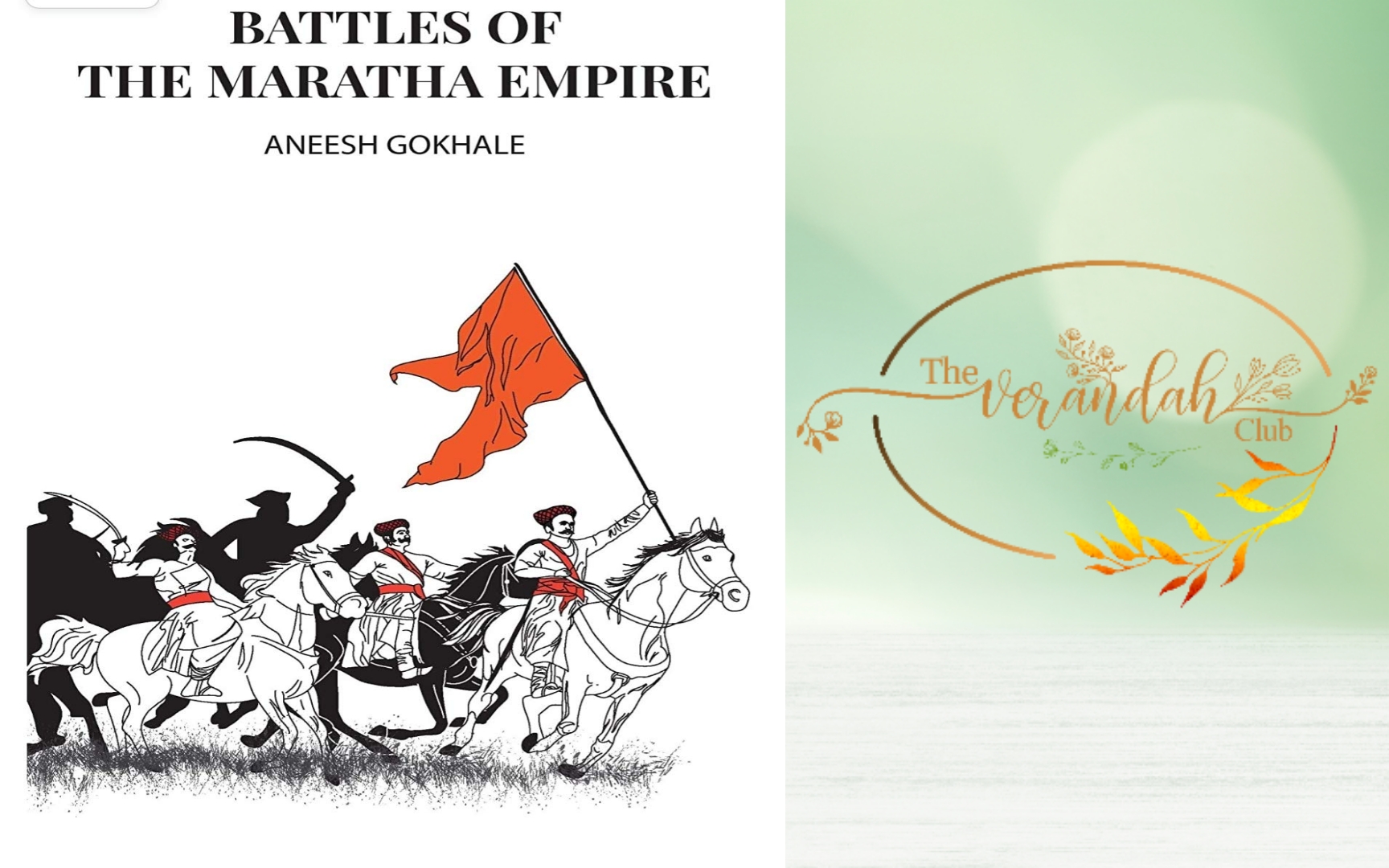
Name: Battles of the Maratha Empire
Author: Aneesh Gokhale
Publisher: Gyanganga, Pune
Pages: 284
If the title of the book makes it seem like yet another history recount, that is partially true. Author Aneesh Gokhale presents a detailed collection of his published essays in ‘Battle of the Maratha Empire’. The taut narration, descriptive and vivid writing set it apart from ordinary history books. The Maratha Empire that began under the leadership of Chhtrapathi Shivaji ends with East India Company routing the empire.
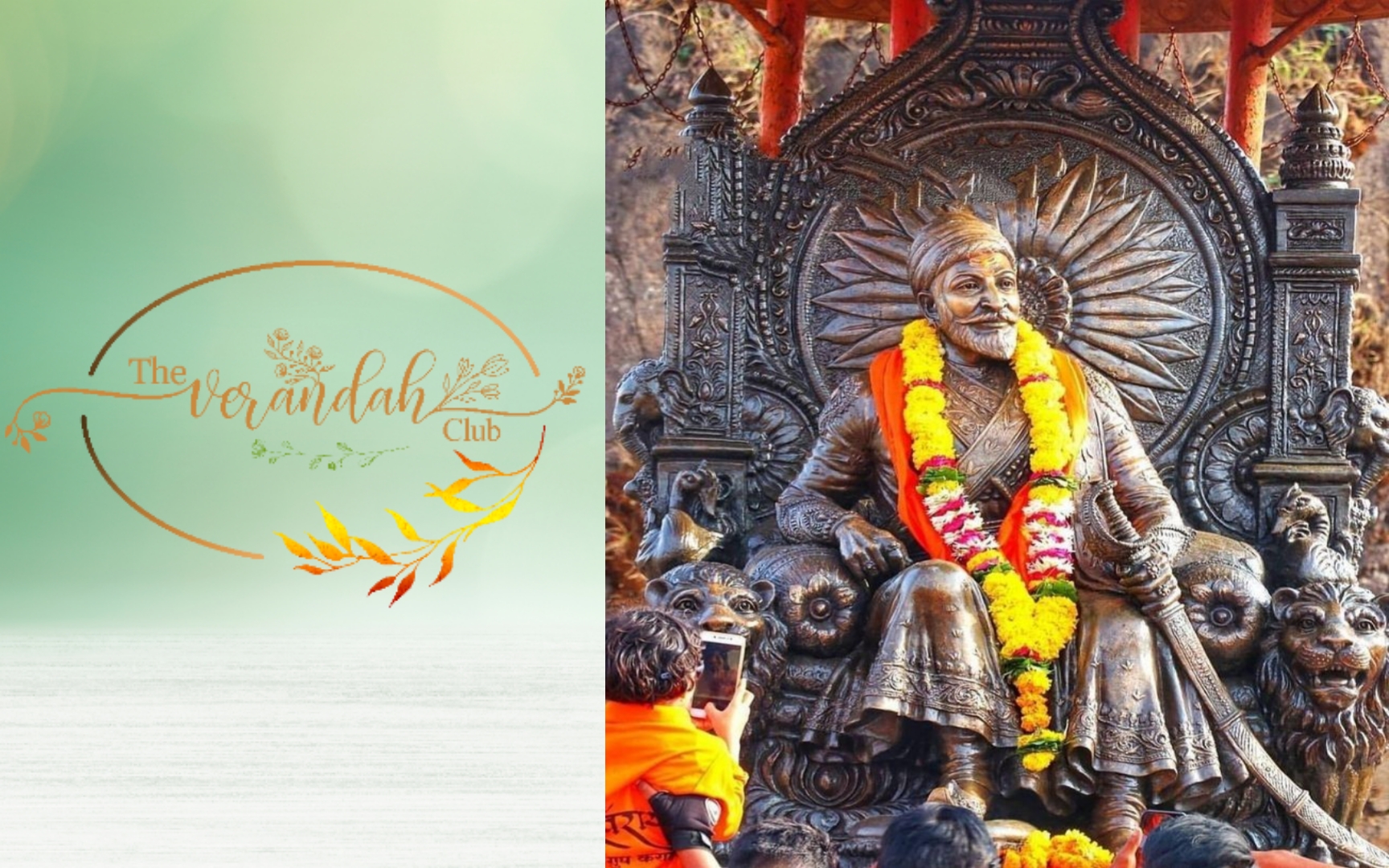
The grand visionary Shivaji Maharaj
A visionary in many ways, Shivaji’s military strategies were far-fetched and radical. His mantra ‘Hindavi Swarajya’, uniting the masses for a common cause went down the generations. This meant abolishing native feudal systems such as ‘Deshmukhi’. Shivaji executed the concept of standing armies. His strategies included introducing pay scale for soldiers based on their ranks, strengthening and making forts self-sustained, double-walled forts, multiple entry and exit points, a great espionage network and so, Gokhale makes a commendable effort in giving an insight into the world of Shivaji and beyond.
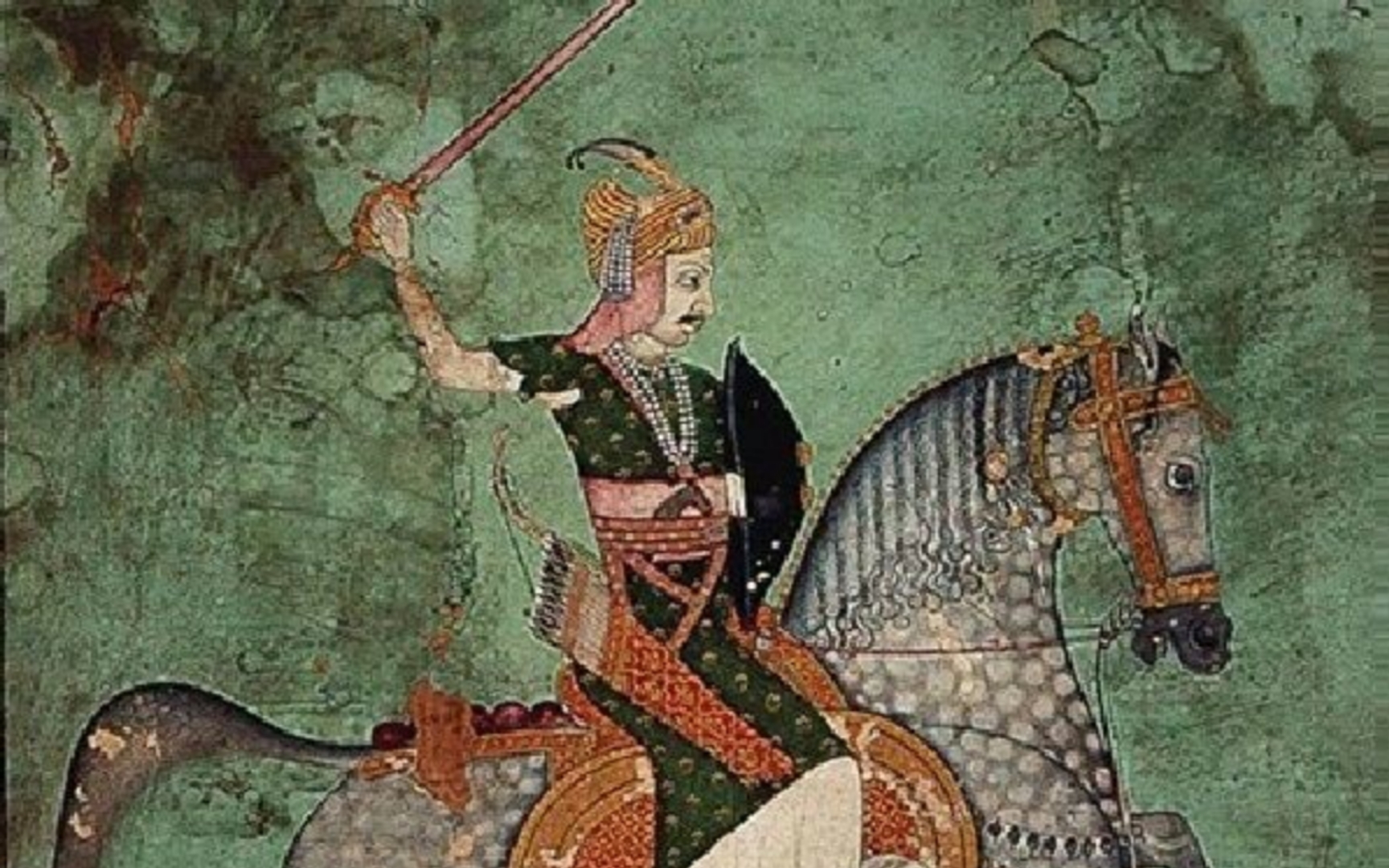
Successors and keeping the vision alive
The Maratha kings began appointing Peshwas in the early 1700s. Gokhale reveals the ambitious side of the renowned Peshwa Bajirao. He aimed at planting the Maratha flag at Attock, which was 100 miles away from the Indus. The true successor to Chhatrapathi Shivaji. Bajirao created a swift moving cavalry and a unique espionage network. For instance, the Battle of Palkhed against the Nizams in 1728 is hailed as a masterpiece in strategic campaign. So, what made it so special? The ‘Scorched Earth’ technique that involved destroying the sources of food available to the enemies, setting up the army in ‘horse shoe formation’ to cut off access to the water bodies. By the end of 1738, the entire Central India came under the control of the Maratha Empire. Following Bajirao, the other peshwas and others such as Madhav Rao, Nana Phadnis and Mahadji Scindia made their contribution through important battles such as the three battles waged at Panipat and against the East India company.
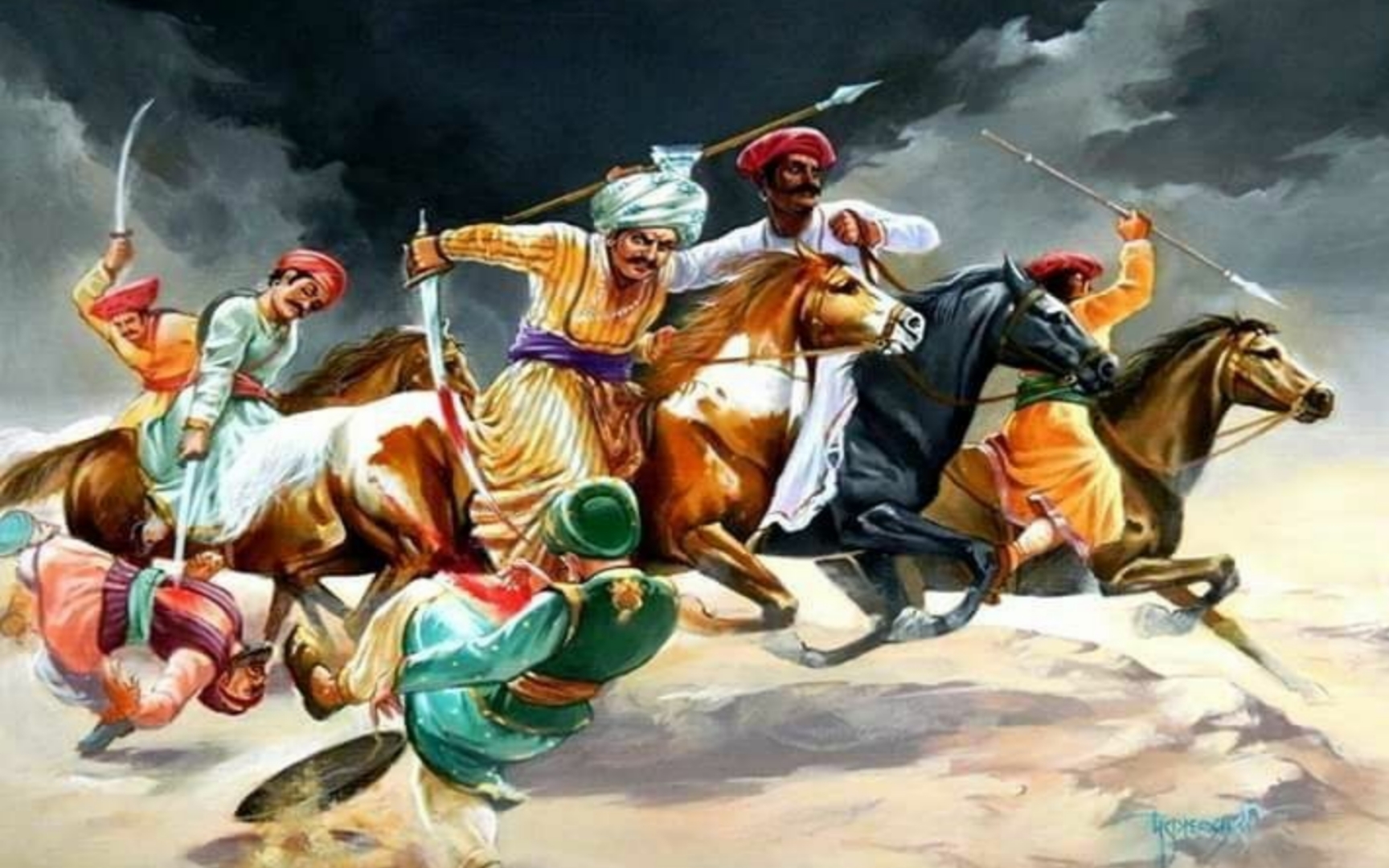
Cultural Impact of The Maratha rulers
Gokhale states the example of the state of Orissa coming under the rule of the Bhonsles in 1751. It is interesting that Orissa came under foreign rule only for 170 years. The Marathas proved to be true patrons of temples, especially the Jagannath Temple of Puri. The advent of the Marathas ensured the flow of funds from them and from various sources. The pilgrims were well-fed and the widows were also provided allowance to make a living. Yet another Maratha patron who gave much emphasis to this point was Ahilyabai Holkar.
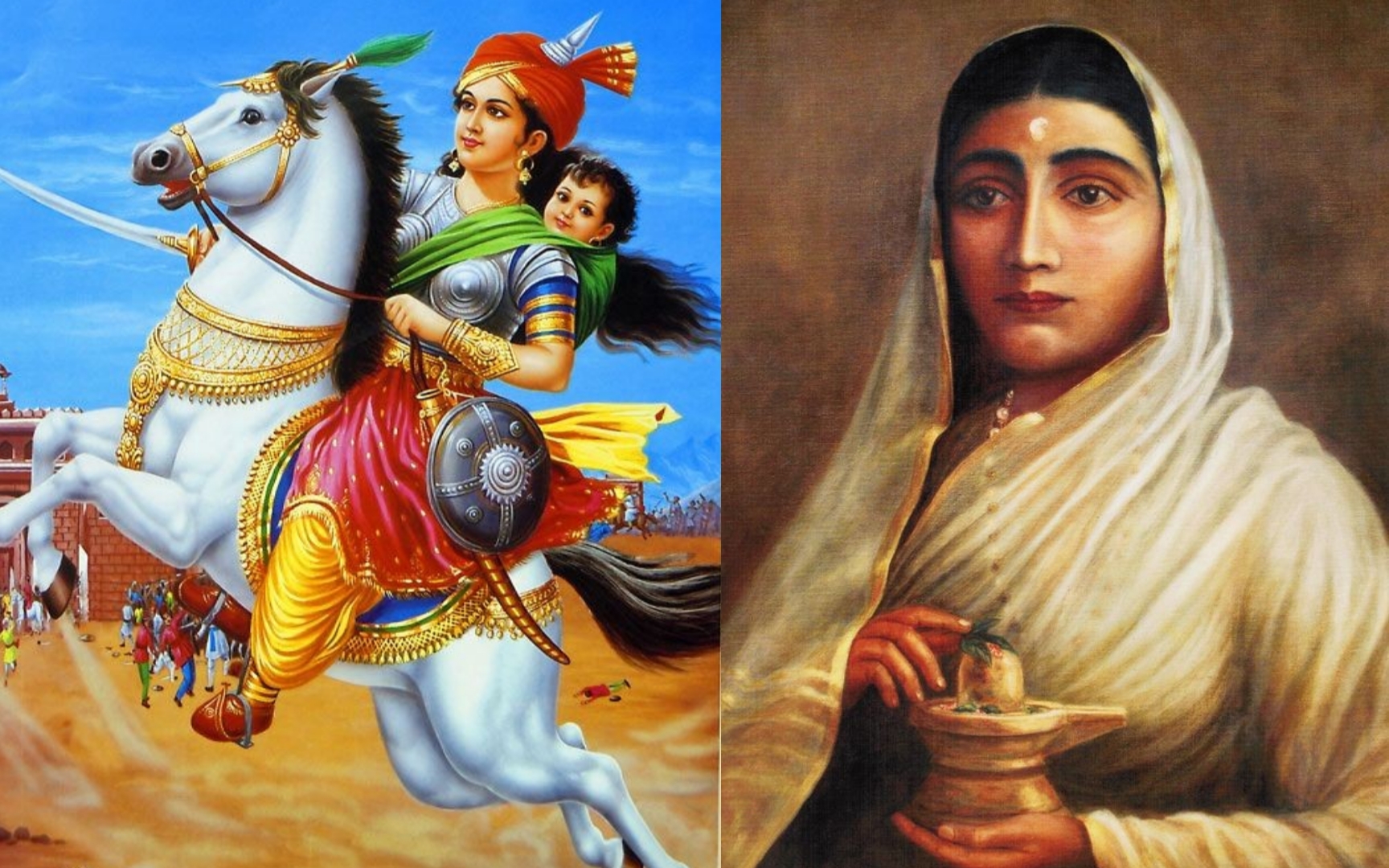
Women in the Maratha Rule
Gokhale dedicates a whole chapter to Ahilyabai Holkar, a young widow who ruled Malwa between 1766 and 1795. She worked towards Chhatrapathi Shivaji’s dream of cultural unity. This included renovation of temples, commissioning ghats, dharmashalas, minting coins and so on. She was a patron of poetry, textiles thus ensuring economic prosperity. Gokhale dedicates yet another chapter to Manikarnika Tambe alias Rani Laxmibai. He sketches her life and struggles in detail. Yet another woman who participated in the political realm was Tarabai, widow of Chhatrapathi Rajaram. The 25-year-old Tarabai proved to be a real challenge to 85-year Mughal emperor, Aurangazeb.
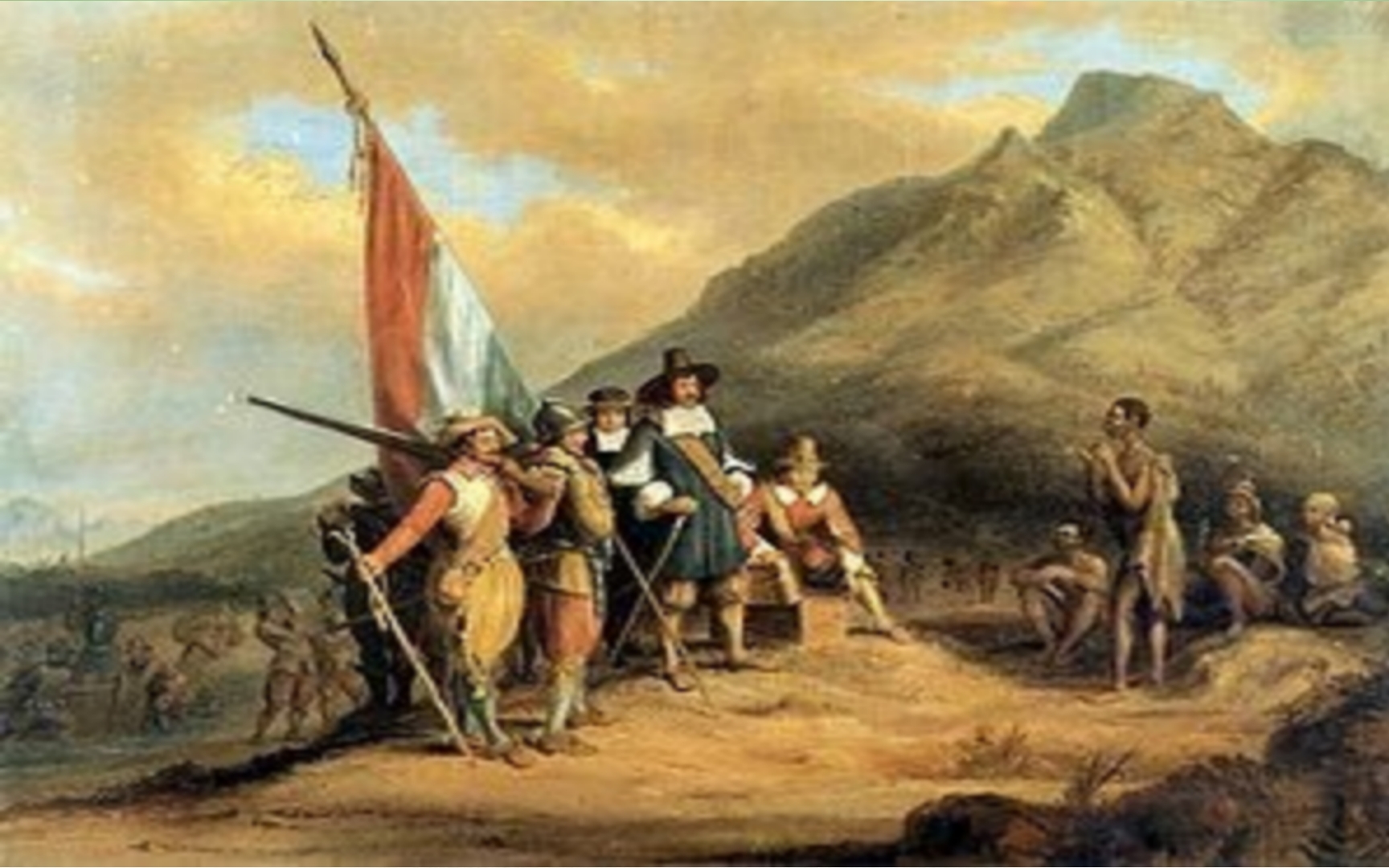
Fall of Maratha Empire
Gokhale very tactfully explains how the Marathas Empire’s stature went downhill. He begins by describing how over the years the concept of ‘Swarajya’ started taking a backseat amid the Marathas. The other factor is that the military strategies used by them were initially futuristic. However, with the entry of East India Company, these strategies proved to be outdated. The book ends with describing how Rabindranath Tagore and Swami Vivekananda mentioned Chhatrapathi Shivaji.
Overall, an information-heavy attempt. Yet, kudos to the author for giving a structure to his various essays. The descriptive yet precise narration make the read easier and enriching.
Janani Rajeswari is a freelance journalist who feels writing is a way of staying happy and positive. She teaches foreign languages. She also loves music, pets, books, movies, art and craft and learning new languages.
NEXT ARTICLE
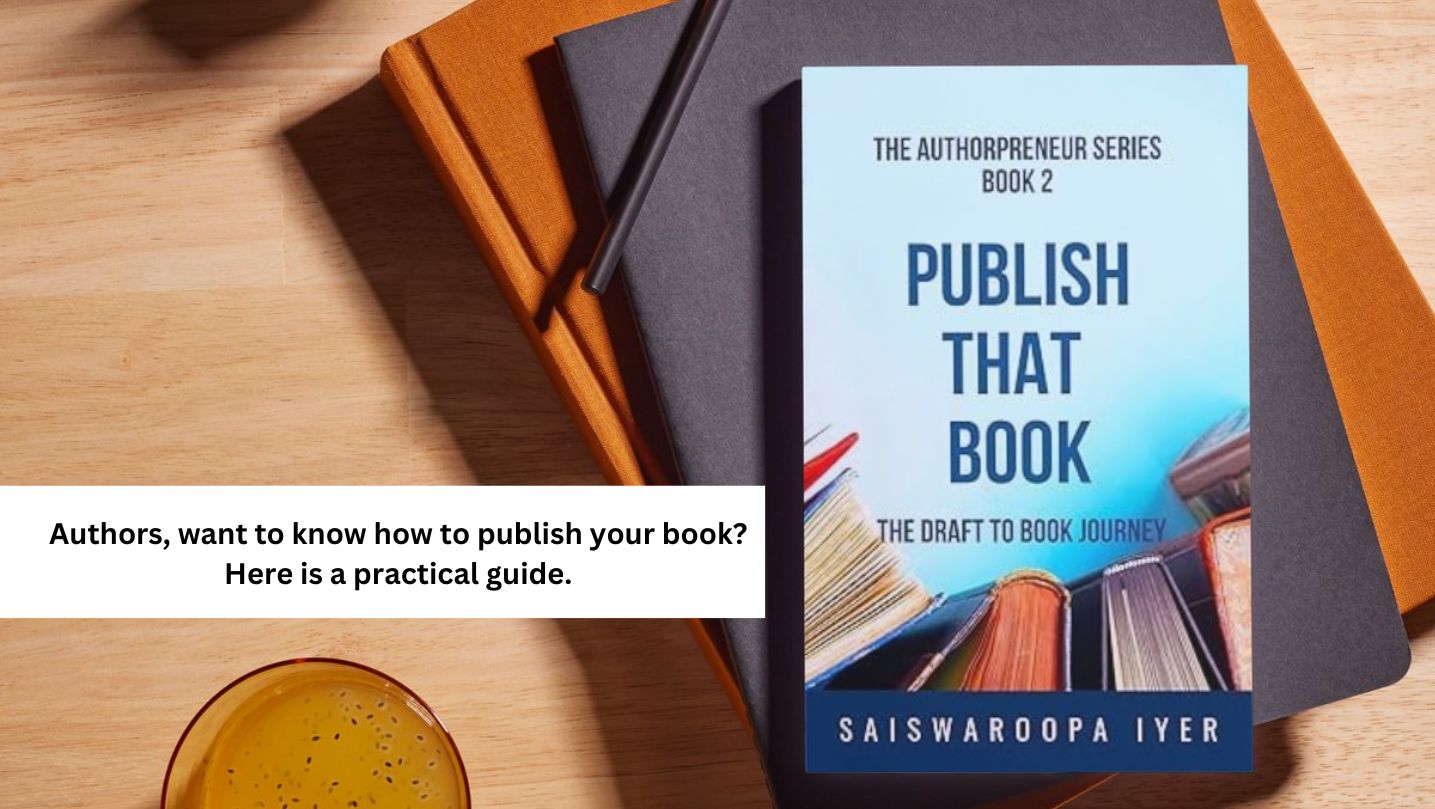
Saiswaroopa Iyer is an author who needs no introduction. She is one of the authors who pioneered Puranic fiction in India with books exploring tales f...
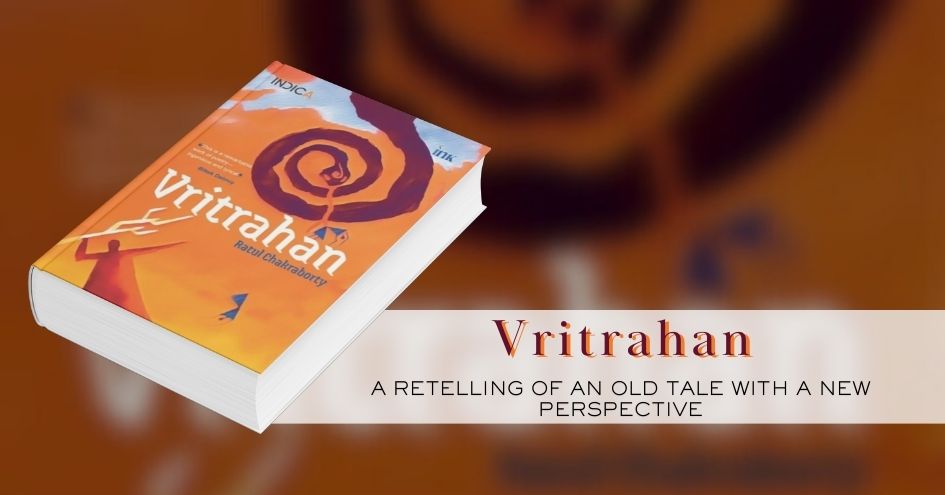
Indra killed Vritra using his Vajra. Once again, good won over evil and dharma over adharma. This is a story most Bharatiyas know. The story is a pa...
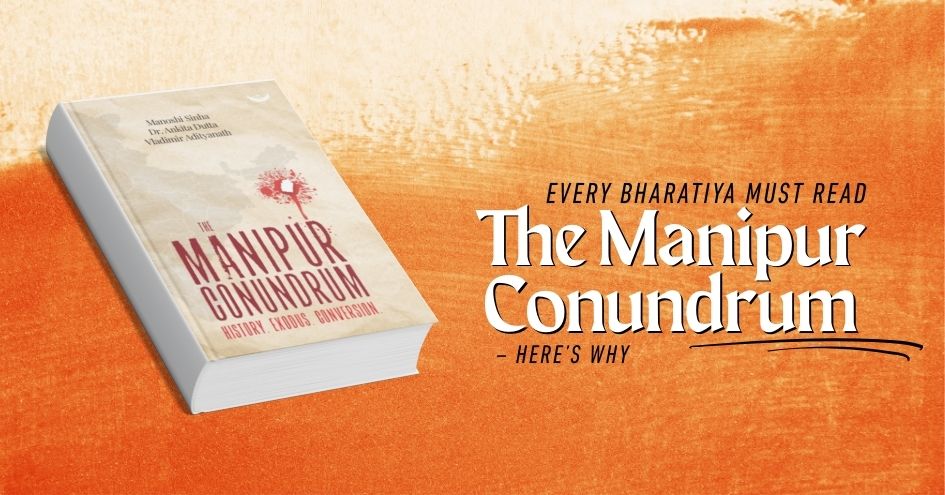
The recently-released book on Manipur titled The Manipur Conundrum – History. Exodus. Conversion. – is the result of tiring efforts by three Bharatiya...